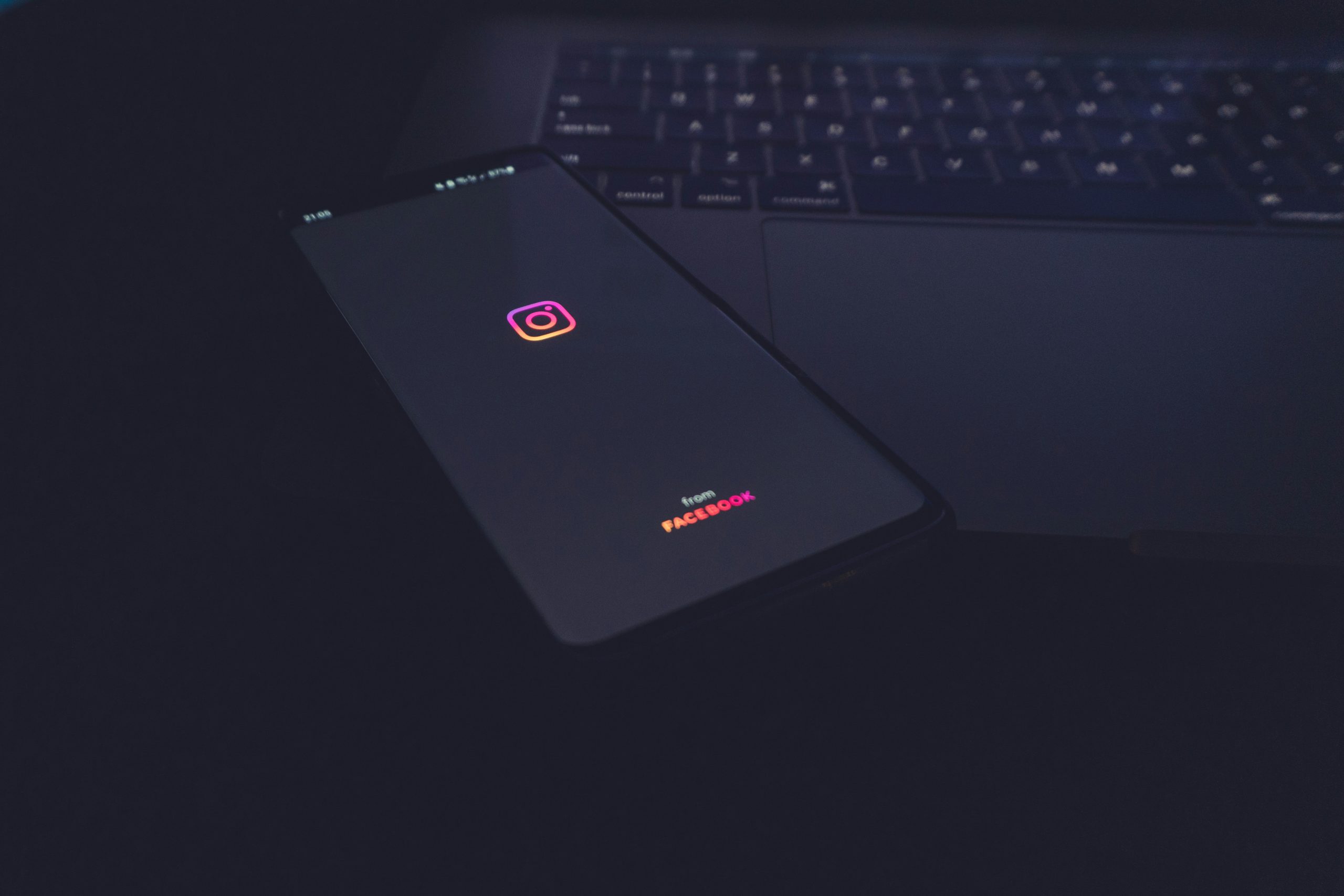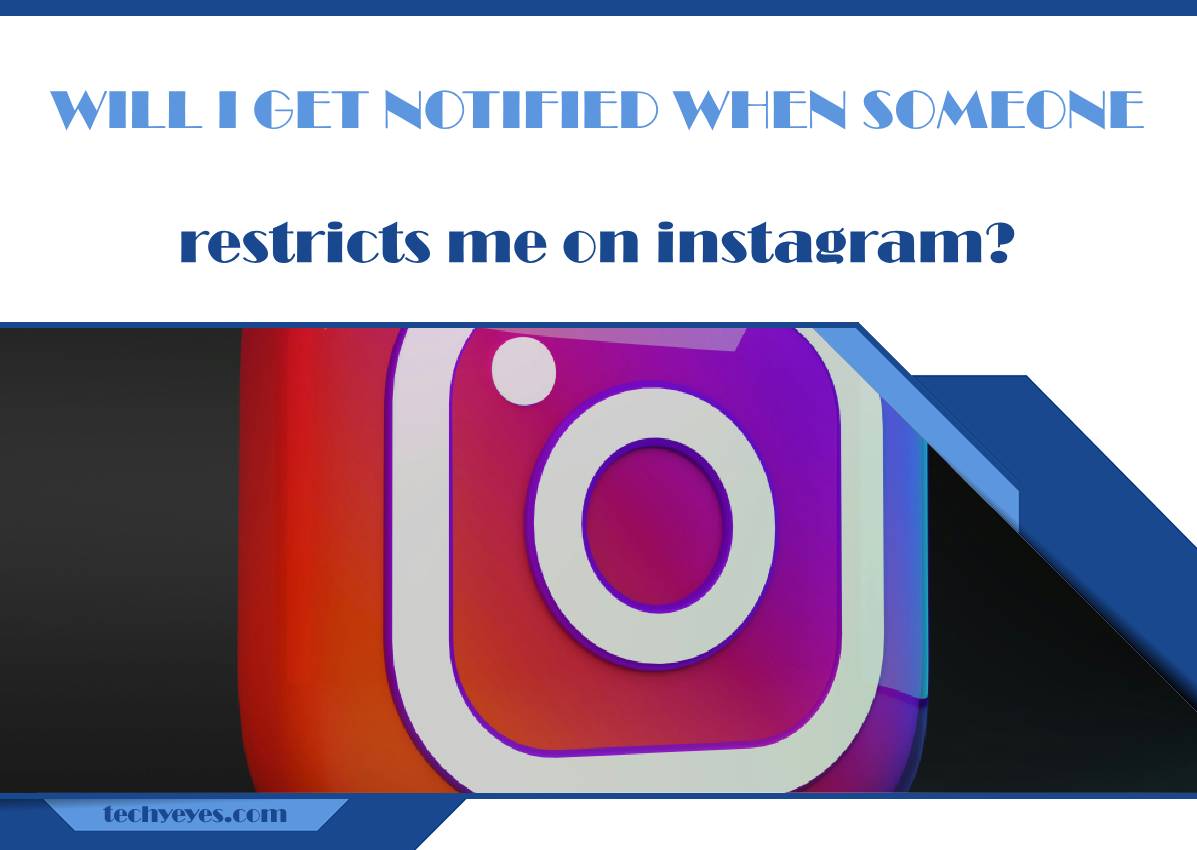Instagram has become a vital platform for social interaction, allowing users to share moments, connect with friends, and engage with communities worldwide. As with any social platform, managing interactions is crucial for maintaining a positive experience. Instagram offers various tools to help users control their interactions, one of which is the “Restrict” feature. A common question among Instagram users is whether they will get notified if someone restricts them. This article explores the mechanics of the “Restrict” feature and clarifies what happens when someone restricts you.

Understanding the “Restrict” Feature
The “Restrict” feature on Instagram was introduced as a measure to combat harassment and bullying. It provides a less confrontational way for users to manage unwanted interactions without completely blocking the person. When you restrict someone, it limits how they can interact with you without notifying them of the restriction.
Key Functions of the Restrict Feature
1. Comment Control: Restricted users can still comment on your posts, but their comments are only visible to them unless you approve them. This means you can control which comments from the restricted user are seen by others.
2. Message Management: Messages from restricted users are moved to your Message Requests folder, and you won’t receive notifications for these messages. Additionally, the restricted user will not see if you have read their messages.
3. Activity Status: Restricted users cannot see your activity status, meaning they won’t know when you’re active or if you’ve read their messages.
Notification and Awareness
When it comes to notifications, Instagram ensures that the act of restricting someone remains discreet. Here’s what happens when someone restricts you:
No Direct Notification:
– Instagram does not send a notification to users when they are restricted. Unlike blocking, which might become apparent when a user realizes they can’t find your profile or interact with you, restricting is designed to be subtle.
Subtle Indicators:
– While there is no direct notification, a restricted user might notice certain changes that could hint at the restriction:
– Comment Visibility: If a restricted user comments on your post and doesn’t see any engagement from others, they might realize their comments are hidden.
– Message Status: Messages sent by restricted users won’t show as read, and they will be moved to the Message Requests folder. If a user notices their messages are consistently not being seen, they might infer the restriction.
– Activity Status: Restricted users won’t see when you are active or if you’ve read their messages, which can also be a subtle clue.
Implications of Being Restricted
Being restricted on Instagram affects how you can interact with the person who restricted you. However, because you are not notified, it can be challenging to identify if you’ve been restricted unless you pay close attention to the subtle signs.
Managing Interactions:
– If you suspect you’ve been restricted, consider the nature of your interactions with the person. Reflect on whether your comments and messages align with the platform’s guidelines and the user’s expectations.
Respecting Boundaries:
– If you notice signs that you might be restricted, it’s important to respect the boundaries set by the other user. Continue to interact respectfully and avoid actions that could be perceived as intrusive or unwelcome.
In conclusion, Instagram’s “Restrict” feature is a powerful tool for managing interactions discreetly. If someone restricts you, Instagram will not notify you directly. Instead, you might notice subtle changes in how your comments and messages are handled. Understanding these nuances can help you navigate your interactions more thoughtfully and maintain a positive presence on the platform.
The “Restrict” feature strikes a balance between protecting users from unwanted interactions and allowing for a more nuanced approach than outright blocking. By respecting the privacy and boundaries of others, you can contribute to a healthier and more respectful social media environment.

